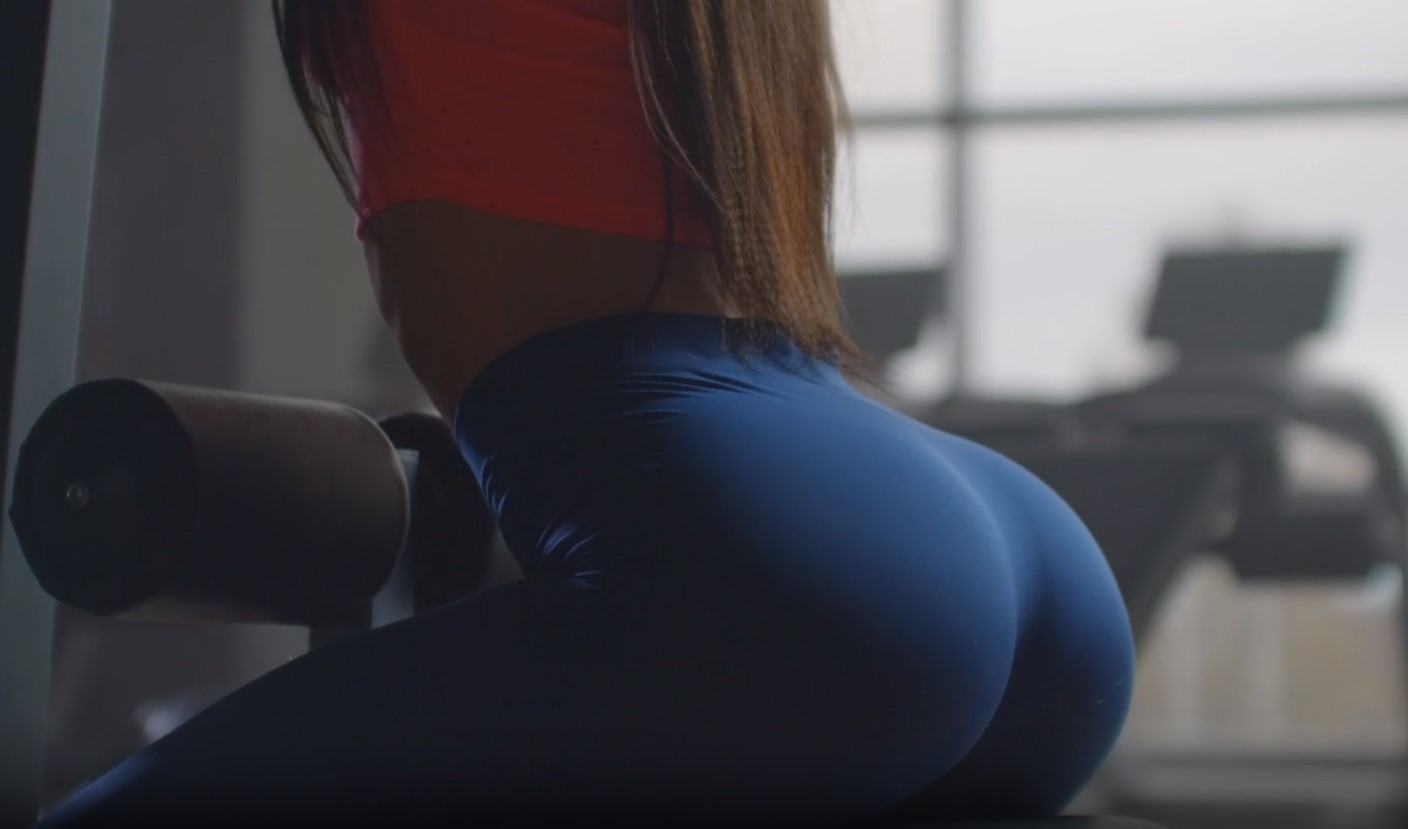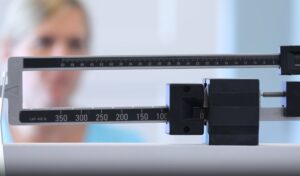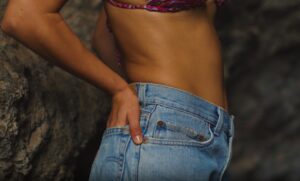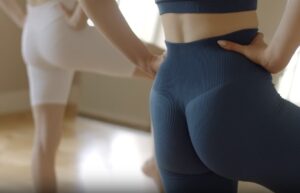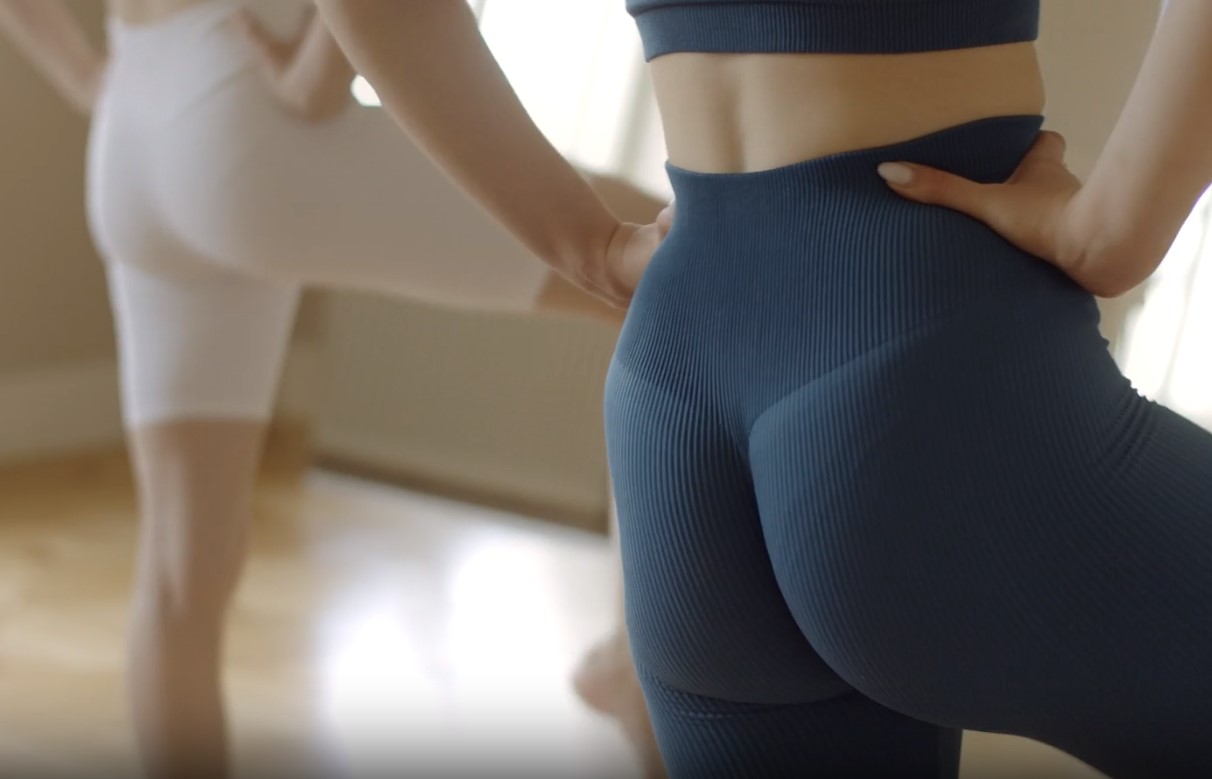Transforming the shape of your glutes from square to round requires a strategic blend of specific exercises, nutrition, and lifestyle adjustments. As a professional fitness instructor, I’ve guided many clients through this journey, helping them sculpt the rounded, ‘bubble’ glutes they desire.
In this article, I’ll share insights and techniques that have proven effective for reshaping square-shaped glutes into a more rounded, peachy form.
What is the Best Exercise?
The key lies in targeting the right muscles – primarily the gluteus medius, maximus, and minimus – through a variety of exercises.
Lunges with Pelvic Rotation
This exercise is excellent for targeting the waist and hips, crucial areas that, when toned, enhance the rounded appearance of the glutes. Lunges with a twist work multiple muscles simultaneously – the gluteus maximus, medius, and the core.
How to Perform:
- Stand straight, step forward with one leg and lower your body until both knees are bent at 90-degree angles.
- As you lunge, rotate your torso towards the forward leg.
- Return to the starting position and repeat on the other side.
Benefits:
- Reduces excess fat around the waist and hips.
- Engages and shapes the gluteal muscles, contributing to a rounder appearance.
Side-Leg Lifts and Squats
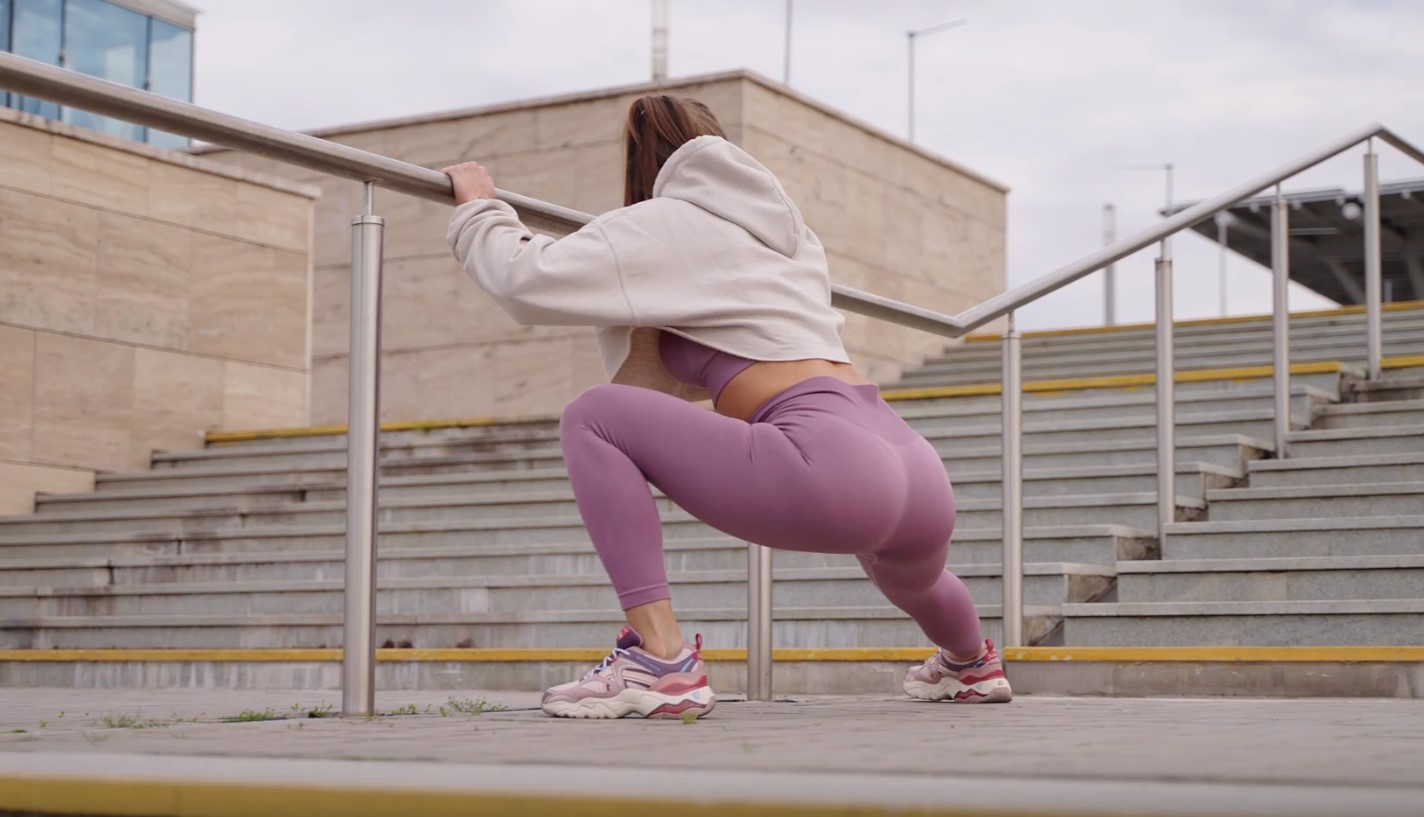
These exercises are vital for toning and shaping the glutes. While they might not directly increase the size, they are instrumental in sculpting the muscles.
Side-Leg Lifts:
- Lie on your side, legs extended.
- Raise the upper leg while keeping it straight, then lower it back down.
- This targets the gluteus medius and minimus, crucial for the outer contour of the buttocks.
Squats:
- Stand with feet hip-width apart.
- Lower your body as if sitting back into a chair, keeping your back straight and knees behind your toes.
- Squats primarily work the gluteus maximus, the largest muscle in the buttock area.
Bridges
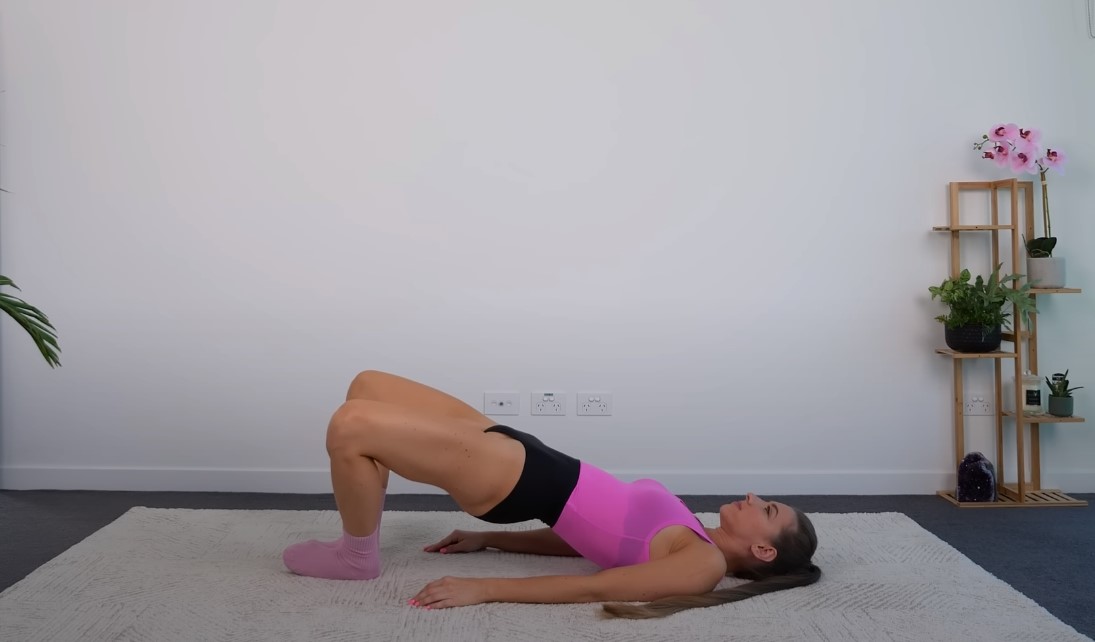
Bridges are a low-impact, highly effective workout for targeting the gluteus maximus.
How to Perform:
- Lie on your back with knees bent and feet flat on the ground.
- Lift your hips towards the ceiling, squeezing your glutes at the top.
- Lower down and repeat.
Benefits:
- Activates and strengthens the gluteus maximus.
- Contributes to a rounder, more lifted buttock appearance.
Barre and Pilates
Both Barre and Pilates are excellent for building a strong core and well-defined glutes. They focus on precision, alignment, and small, repetitive movements.
Benefits:
- Enhance muscle tone.
- Improve posture, which in turn accentuates the buttocks.
- Strengthen the core, essential for stabilizing and improving the effectiveness of glute exercises.
| Exercise | Instructions | Benefits |
|---|---|---|
| Lunges with Pelvic Rotation | Step forward into a lunge, rotate torso towards forward leg, return to start, alternate legs. | Targets waist, hips, and gluteal muscles, aiding in fat reduction and a rounder glute shape. |
| Side-Leg Lifts | Lie on side, lift and lower the upper leg, keeping it straight. | Focuses on the gluteus medius and minimus for outer buttock contouring. |
| Squats | Stand with feet apart, lower into a sitting position, keep back straight, rise to start. | Primarily works the gluteus maximus, essential for overall buttock shaping. |
| Bridges | Lie on back, lift hips towards ceiling, squeeze glutes, lower back down. | Activates the gluteus maximus, contributing to a rounder, lifted buttock. |
| Barre and Pilates | Attend classes focusing on small, precise movements. | Builds strong core and glutes, enhances muscle tone and posture. |
Why Cardio is Important?
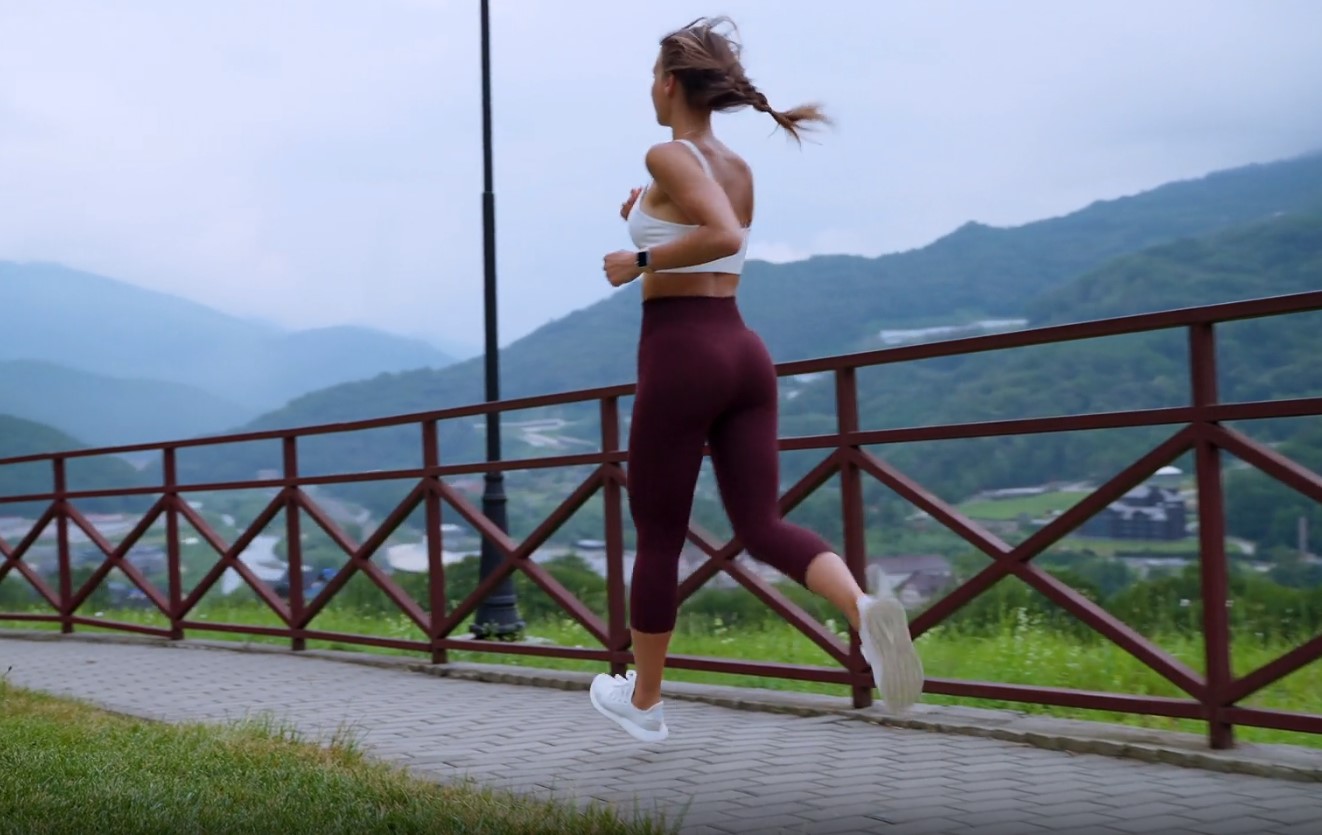
Cardiovascular exercises, commonly known as cardio, play a significant but often misunderstood role in the journey towards achieving rounder glutes. While these exercises are not direct contributors to muscle building in the gluteal region, they are indispensable for overall fitness and fat reduction.
Regular cardio exercise boosts your metabolism, meaning your body burns calories at a faster rate even when at rest. This increased metabolic rate is beneficial for overall fat loss, including the stubborn fat that can accumulate around the glutes and thighs.
Types of Cardio for Optimal Fat Loss
When targeting fat loss to reveal toned glutes, the type of cardio exercise you choose can make a difference:
- High-Intensity Interval Training (HIIT): Alternating between high-intensity bursts and recovery periods, HIIT is effective for burning a significant amount of calories in a shorter period. It’s also known to increase post-exercise oxygen consumption, meaning you continue to burn calories even after the workout has ended.
- Steady-State Cardio: This involves maintaining a consistent pace for an extended period, such as jogging or using a treadmill. While it burns fewer calories per minute compared to HIIT, it’s sustainable for longer periods and can be effective for overall fat loss.
Frequency and Duration
For optimal results, balance is key. Overdoing cardio can lead to muscle loss, which is counterproductive when trying to enhance glute shape. Aiming for 3-5 cardio sessions per week, each lasting between 20 to 40 minutes, can strike the right balance between burning fat and preserving muscle mass.
Positive Impact on Glute Exercises
Cardio exercises enhance blood flow and improve overall endurance and stamina. This increased cardiovascular fitness can positively impact your glute training sessions, allowing you to perform exercises with more intensity and for longer durations.
How to Combine with Other Workouts?
To maximize the benefits of your exercise regimen, it’s crucial to integrate cardio and glute workouts effectively. For instance, you might do cardio on alternate days from your glute workouts or include a short cardio session as a warm-up before starting glute exercises.
Proper Nutrition is Essential
Proper nutrition is fundamental to transforming your body, especially when aiming to reshape and tone the glutes. While exercise is crucial, it’s your diet that lays the groundwork for muscle growth, fat loss, and overall physical health.
Protein – The Key Ingredient
Proteins are the building blocks of muscle. Consuming sufficient protein not only supports muscle repair and growth but also aids in recovery after workouts. For those focusing on glute development, a protein-rich diet is essential. Include sources like lean meats, fish, eggs, dairy, legumes, and plant-based proteins.
Aim for a balanced intake throughout the day to ensure continuous muscle nourishment. A supplement like weight gainer can be a perfect addition for even faster results.
Carbohydrates for Energy
Carbohydrates are often misunderstood in fitness nutrition. They are crucial as they provide the energy needed for intense workouts. Focus on complex carbohydrates like whole grains, fruits, and vegetables. These not only offer sustained energy but also are packed with fiber, vitamins, and minerals that aid in digestion and overall health.
Healthy Fats for Better Absorption
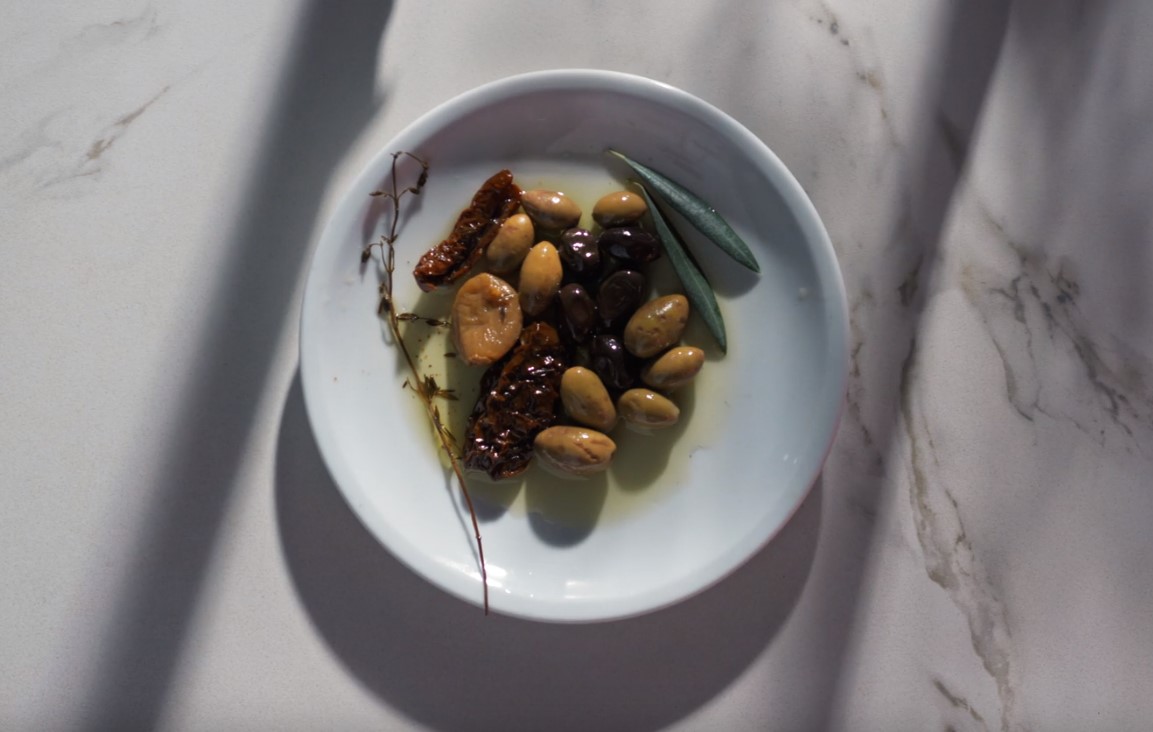
Fats are vital for hormonal balance, nutrient absorption, and providing a secondary energy source. Incorporate healthy fats from sources like avocados, nuts, seeds, and olive oil. These fats help absorb fat-soluble vitamins (A, D, E, K) which are crucial for many bodily functions, including muscle recovery.
Proper Hydration
Water plays a critical role in muscle development and overall health. It aids in nutrient transport, digestion, and can even help with muscle recovery and growth. Ensure you’re well-hydrated throughout the day, especially before, during, and after workouts.
Timing Your Meals
Nutrient timing can influence your workout performance and recovery. Eating a balanced meal or snack that includes carbohydrates and protein before a workout can provide the necessary energy and amino acids for muscle performance. Post-workout, a similar snack or meal can aid in muscle recovery and replenish energy stores.
Count the Calories
For muscle building and fat loss, calorie intake must be tailored to your specific goals. A slight calorie surplus can aid in muscle building, while a deficit is necessary for fat loss. However, it’s crucial to avoid extreme calorie restrictions as they can lead to muscle loss and decreased performance.
What About Supplements?
Supplements can be beneficial, but they should complement, not replace, a balanced diet. Protein powders, BCAAs (branched-chain amino acids), and vitamins are popular among fitness enthusiasts. However, consult with a healthcare provider or a dietitian before starting any supplement regime, especially if you have underlying health conditions.
There is a wide range of options that could make a positive influence on your improvement, such as Omega 3 fatty acids, but proper meal plan can ensure the right intake even without supplements.
FAQs
Hello, this is Bing. I can help you with your questions about getting a better shape bum. Here are some simple answers based on the web search results.
How can I get a better shape bum?
To get a better shape bum, you need to work on your gluteal muscles, which are the main muscles in your butt. You can do this by doing exercises that target your glutes, such as squats, lunges, leg lifts, and bridges. You also need to eat a healthy diet that provides enough protein and calories to support muscle growth and recovery.
Will 50 squats a day make my bum bigger?
It depends on your starting point and the type of squats you do. If you have weight to lose or extra body fat, squats can help you reduce weight and fat, making your butt smaller, tighter, and more toned. If you are very lean or have little body fat, squats can help you build muscle and make your butt bigger and more defined. However, you need to make sure you do squats with proper form and enough resistance to challenge your muscles.
What exercise rounds your bum?
Some of the best exercises for rounding your bum are hip thrusts, goblet squats, reverse lunges, side squats, and Bulgarian split squats. These exercises work your glutes from different angles and activate them more than regular squats. They also work your hamstrings, quads, and inner and outer thighs, which can help shape your lower body.
Do squats make your butt bigger?
Squats can make your butt bigger if you do them with enough weight and intensity to stimulate muscle growth. Squats work your gluteal muscles, as well as your quads and hamstrings, which can contribute to a bigger and more shapely butt. However, squats are not the only exercise that can make your butt bigger. You also need to do other exercises that target your glutes more directly, such as hip thrusts, glute bridges, and donkey kicks.
Summary
Achieving rounder, more sculpted glutes is a realistic goal with the right approach. Emphasize a balanced diet, targeted exercise, and consistent effort. Remember, while genetics play a role, they don’t define your potential. With dedication and the right strategy, you can significantly transform the shape of your glutes, achieving the rounded, toned look you desire.

